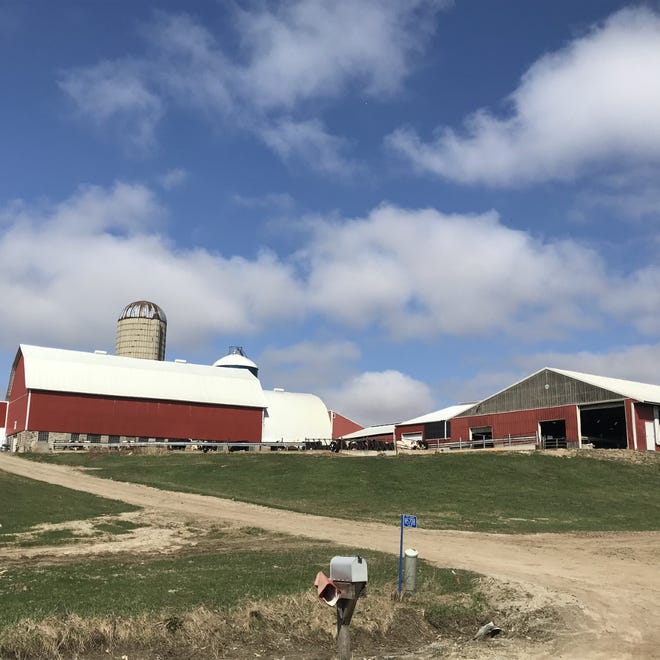Protecting your dairy operation from the unknown

Over the last several months we have reaffirmed what we all know: none of us can predict the future, or what threats lie just around the corner that could compromise our business and livelihood. COVID-19 brought an unprecedented level of demand destruction none of us have ever seen before. It shut down key markets, disrupted supply chains and effectively brought major economies to a halt almost overnight. If you are asking yourself who could have ever saw this coming, the answer is almost nobody.
For years our industry has debated the importance and need for effective risk management plans. We have seen these plans implemented on the operational side of our business. Examples include enhanced cow care protocols, agronomy and conservation improvements, advanced labor management practices and human resource needs and input cost protection. The one area that continues to lag for our industry is protecting our source of revenue, which we need for the operation’s survival.
If COVID-19 has caught you off guard and left your business exposed to the brutal reality of the price drops in milk, you are not alone. We need to take this moment to learn from what we now know and put a plan in place to try to deal with the next high-risk event. Deploying a risk management plan in all aspects of our business isn’t optional. It is essential.
When developing a risk management or marketing plan, many first look at the products or services that are available to them. Unfortunately, that is not where you need to start.
A solid and quality record keeping system should be the cornerstone of any risk management plan. Knowing your cost of production or cash flow breakeven is essential. Prepare a yearly budget including expenses, expected revenues and capital investment priorities to implement and execute. The reason this is so critical is that over the yearly cycle of the business, the market may or may not allow you an opportunity to lock in a profit. Knowing your costs, however, will allow you to put floors in place to protect against a potential greater loss. That is where some of the newer tools come into play.
No matter what size operation you have, there are resources available to dairy producers to protect their business. You can debate which are the best, but the most astute managers use a variety of resources, depending on the opportunity presented.
Dairy Margin Coverage (DMC) and the Dairy Revenue Protection (DRP) program have gained a larger degree of acceptance over the last two years. If you are a smaller scale producer (300 cows or less), DMC can create an effective margin at a minimal cost. DRP can be an effective tool to put in price floors in case of big market downturns. Some producers were proactive and purchased this insurance before markets collapsed. It will be a big benefit to provide additional revenue as milk checks start to shrink.
There are other risk-mitigating tools dairy producers can use, like the CME and forward contracts through their milk processors. Again, not any one tool is perfect, but using a variety of price protection mechanisms is essential. Having a risk management plan to implement is critical. It allows you to set different targets depending on the opportunity. The most critical component is that we don’t just stand on the sidelines and do nothing.

Tim Baumgartner is the team leader of dairy lending for Compeer Financial